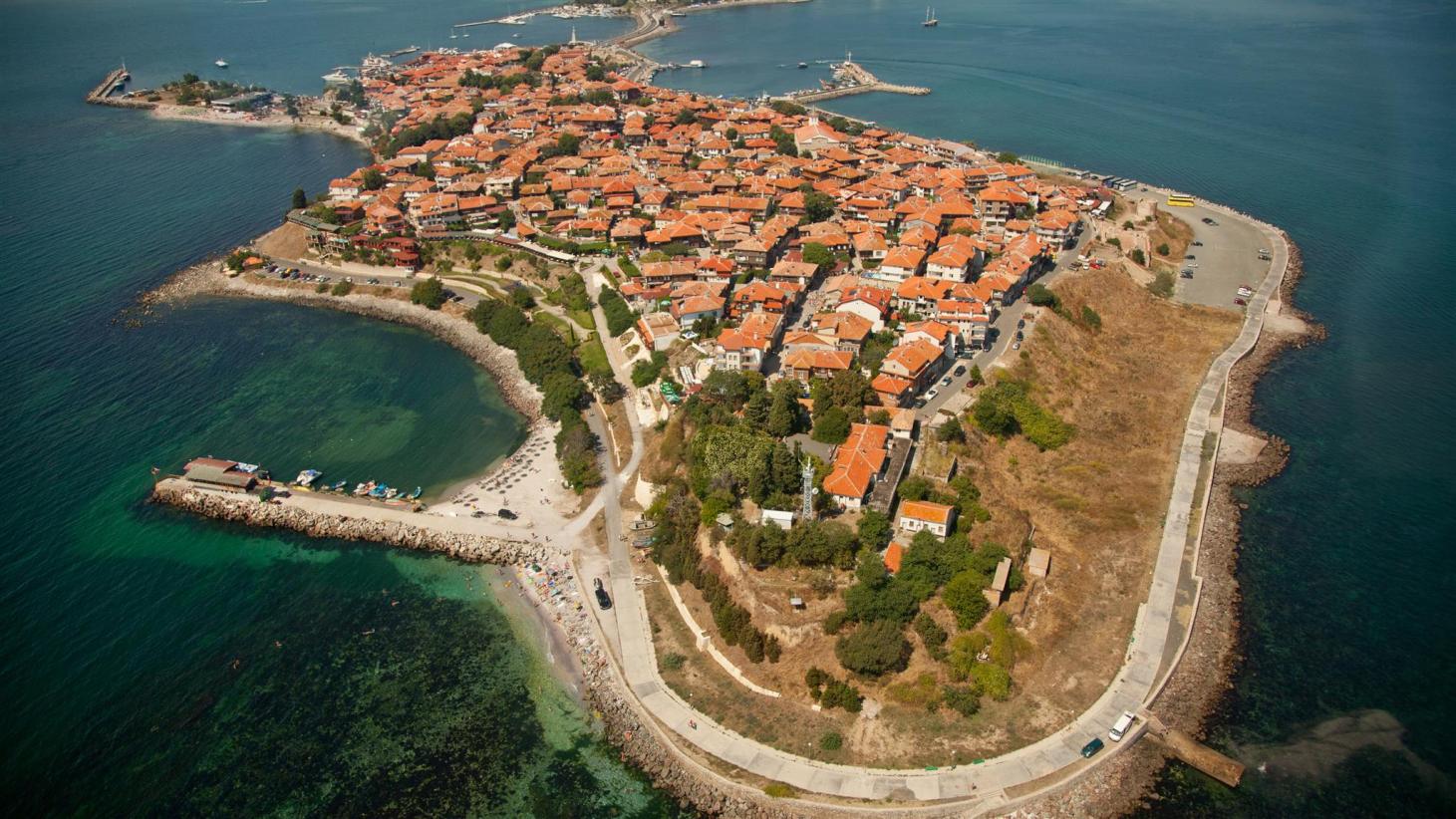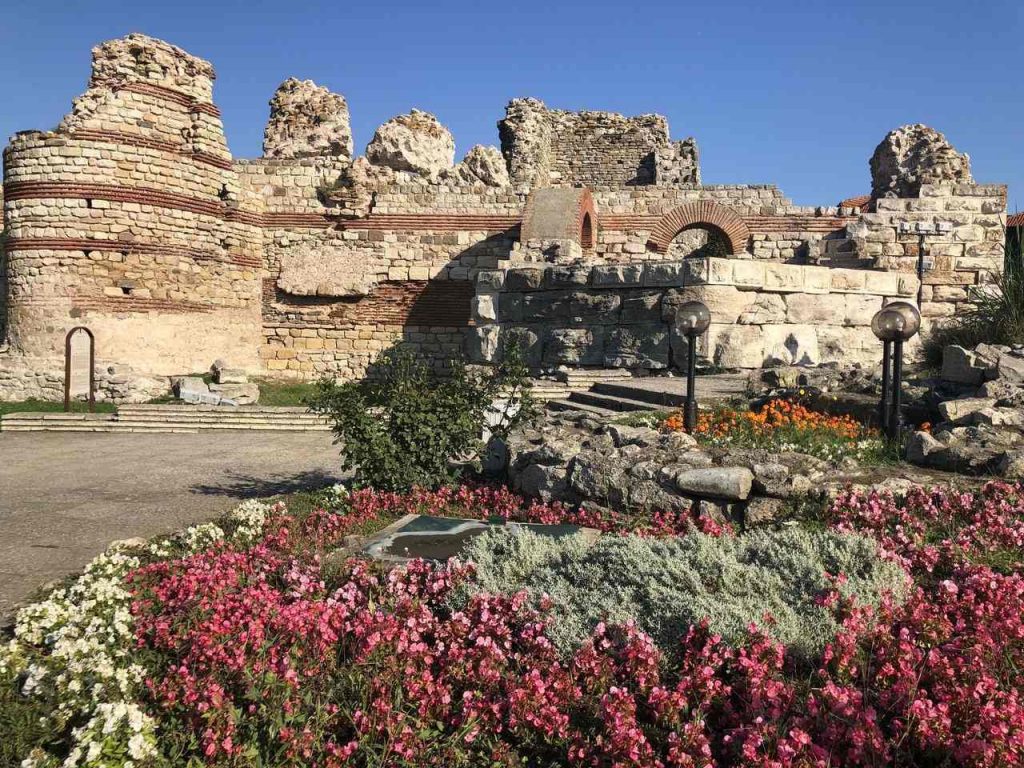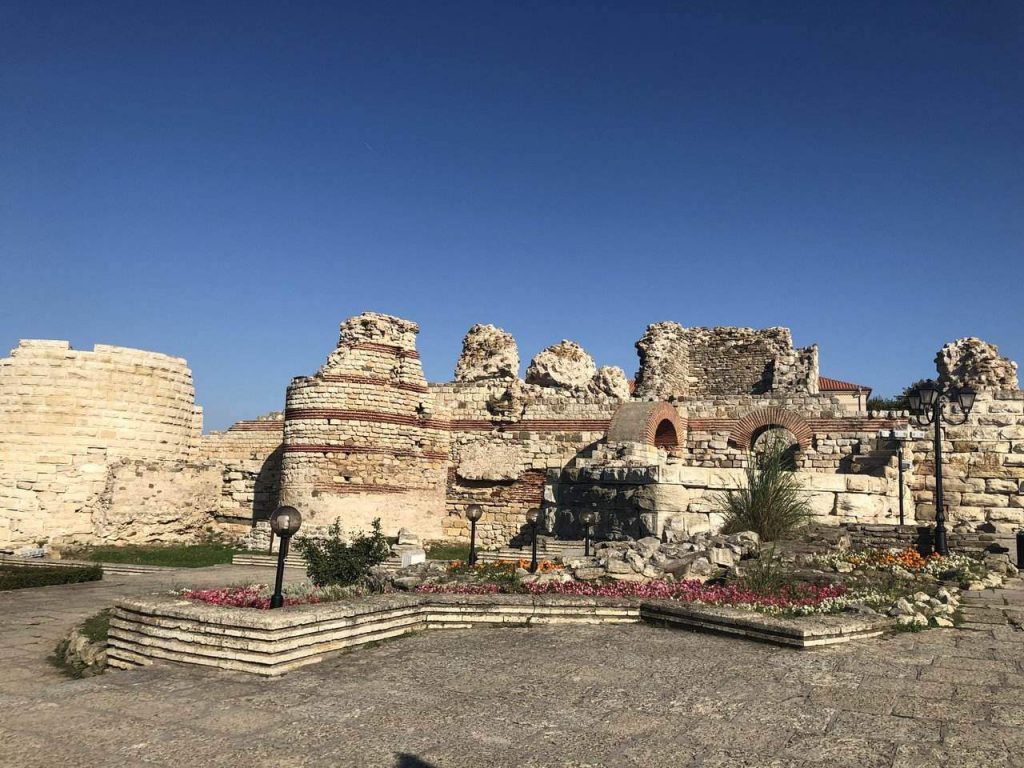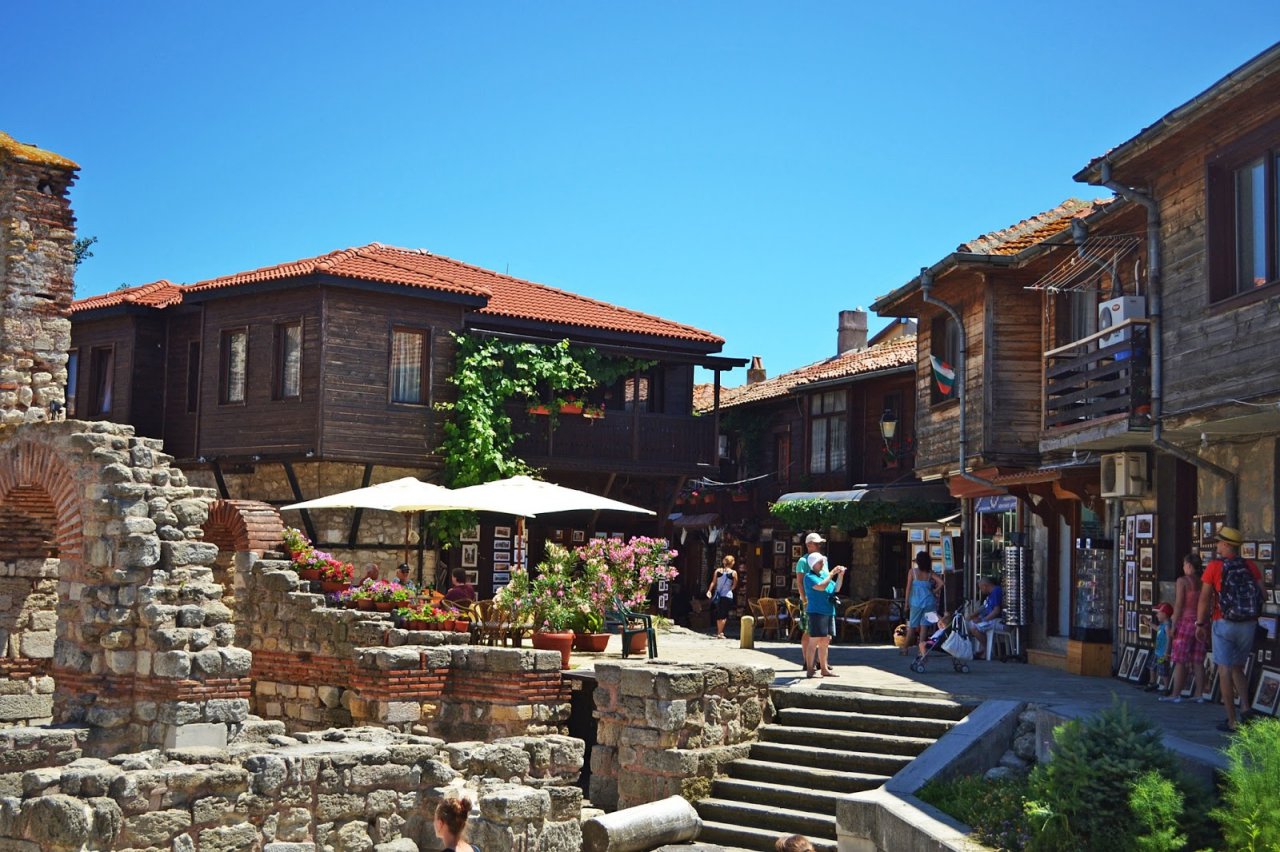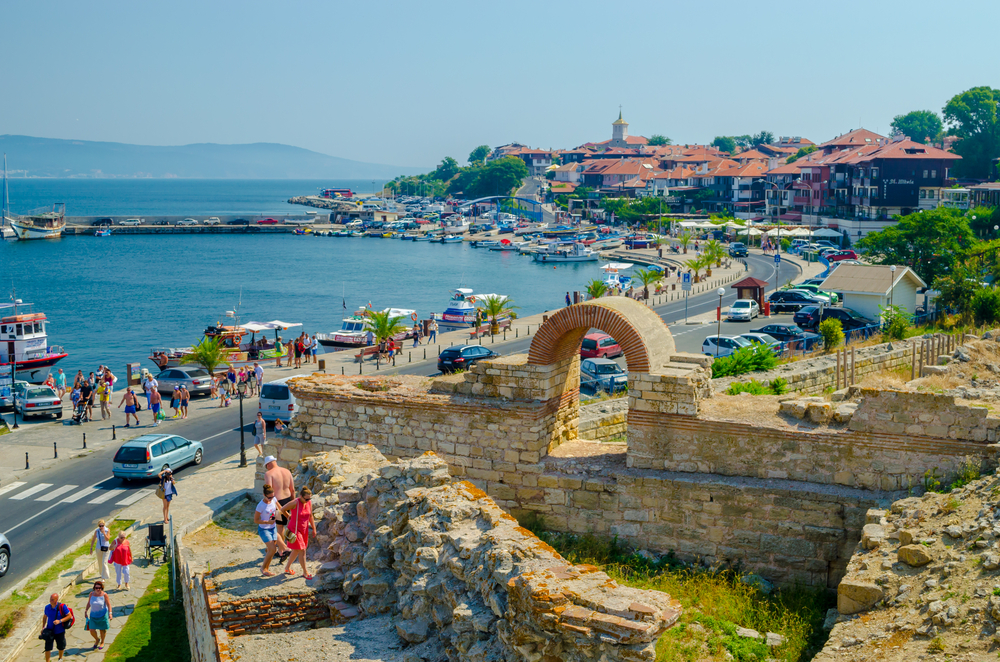 Photo permit included
Photo permit included
 Tour by public transport
Tour by public transport
 Canal Boat tour included
Canal Boat tour included
 Train tickets included
Train tickets included
 Suitable for little children
Suitable for little children
 Wheelchair accessible tour
Wheelchair accessible tour
 Museum ticket included
Museum ticket included
 Light snack included
Light snack included
 Lunch included
Lunch included
 Transportation included
Transportation included
 Walking Tour
Walking Tour
The tour will lead you from Bourgas to Nessebar where you will explore the fortified walls, the entrance to Old Nessebur and a lot of other attractions. Admire the ancient architecture and enjoy the views which can provide you with great memories for a long time. You will see several local churches, each of them is unique in its history. Your friendly tour guide will tell you the history of the city so that you could get closer to the local culture. On this 4-hour tour you will explore the best that Bourgas and Nessebar has to offer you.
What's included
- English Speaking Guide
- Air Conditioned Transportation
- Entrance fees to the Archaeological Museum, St Stefan Church, and St Spas Church
- Food and drinks
- Personal expenses
- Sun protection, a sun hat and bottled water are recommended to bring
- Comfortable shoes required
Highlights
Itinerary
09:00
You will be met at the port of Bourgas by your tour guide who will then escort you to your air conditioned transportation ready to take you to Nessebar.
On arrival into Nessebar your professional English speaking guide will accompany you through the fortified walls, the entrance to Old Nessebur, opening up into a maze of quaint cobbled streets. As we walk through the old town your guide will be pointing out the most important buildings which prompted UNESCO to include the town in its list of World Heritage Sites in 1983. The guide will take you to the following: The Church of Christ Pantocrator, the Church of St. Stephen, the Church of St John Aliturgetos, the Church of St John the Baptist, the Church of the Holy Saviour. Your final stop will be Nessebar’s Archaeological Museum, which has four exhibition halls chronologically following the development of the town through the historical periods.
The tour will conclude with a walk back to your transportation ready to take the drive back to the cruise port.
